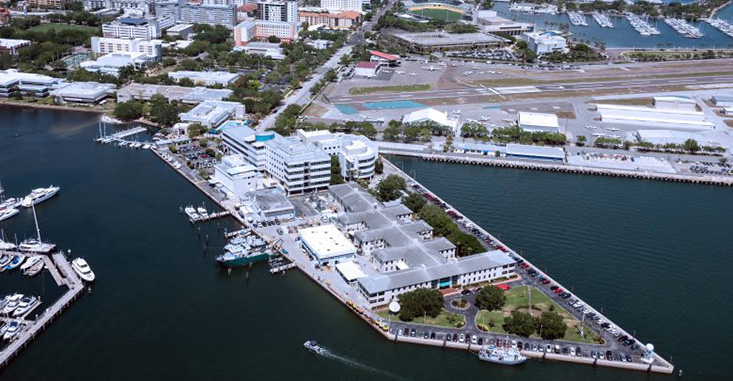
Marine Science Faculty Publications
Flux of Particulate Matter Through copepods in the Northeast Water Polynya
Document Type
Article
Publication Date
1-1997
Keywords
Arctic marine ecosystems, copepods, biogeochemical fluxes, carbon cycle, nitrogen cycle
Digital Object Identifier (DOI)
https://doi.org/10.1016/S0924-7963(96)00062-0
Abstract
Particulate organic carbon (POC) and nitrogen (PON) production by large calanoid copepods was investigated on the northeast Greenland shelf during August 1992 and May to August 1993. Both Calanus hyperboreus and C. glacialis females, when suspended in seawater collected from the chlorophyll maximum, produced about 40 pellets per day, which contained a carbon and nitrogen content equivalent to 8% and 6% of body carbon, respectively, and 2% of body nitrogen. In experiments, the carbon:nitrogen (C:N) ratio by weight of suspended particulates, C. hyperboreus, and fecal pellets was 6.7, 7.7 and 28.5, respectively. The unusually high C:N ratio for pellets, in part, may be attributed to elevated ratios of > 20μm size fractions of particulate organic matter, the size fraction more common in the diet of these large copepods and the fraction dominated by diatoms according to microscopic and pigment data. The implied elevated C:N ratios of large phytoplankton cells were probably due to nitrogen deficiency, as shown by other studies in this region. In addition, female C. hyperboreus appeared to be more efficient in assimilating nitrogen than carbon, which also would have contributed to high C:N ratios in egested pellets. Unfractionated POC concentrations explained 54% of the variability in carbon egestion and 70% of the variability in nitrogen egestion in copepods, whereas copepod body content accounted for little of the variation on the short time scales of the experiments. Carbon egestion by C. hyperboreus was positively correlated with POC concentrations at the depth of the chlorophyll maximum, while nitrogen egestion was negatively correlated with PON concentrations in the euphotic zone. Estimates of potential community egestion rates for the upper water column indicate that copepods represent a major pathway of organic carbon transformation in this Arctic shelf system. On average, copepods may have ingested 45% of the primary production and egested fecal matter equivalent to 20% of the carbon and 12% of the nitrogen particulate flux sedimenting from the surface layer. However, several lines of evidence suggest that pellets were remineralized in the water column and, hence, may have contributed little organic carbon and nitrogen to the benthos.
Was this content written or created while at USF?
No
Citation / Publisher Attribution
Journal of Marine Systems, v. 10, issues 1-4, p. 319-342
Scholar Commons Citation
Daly, Kendra L., "Flux of Particulate Matter Through copepods in the Northeast Water Polynya" (1997). Marine Science Faculty Publications. 837.
https://digitalcommons.usf.edu/msc_facpub/837




